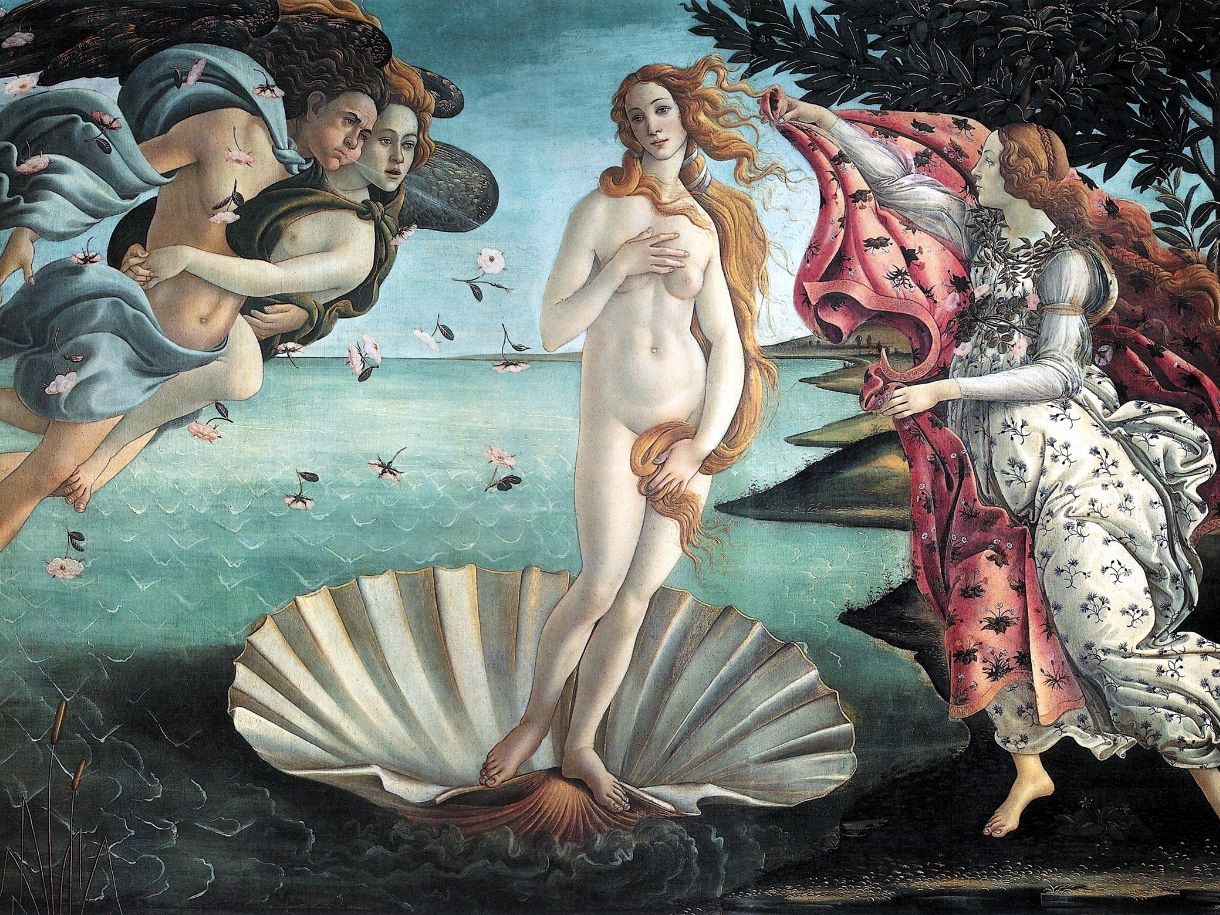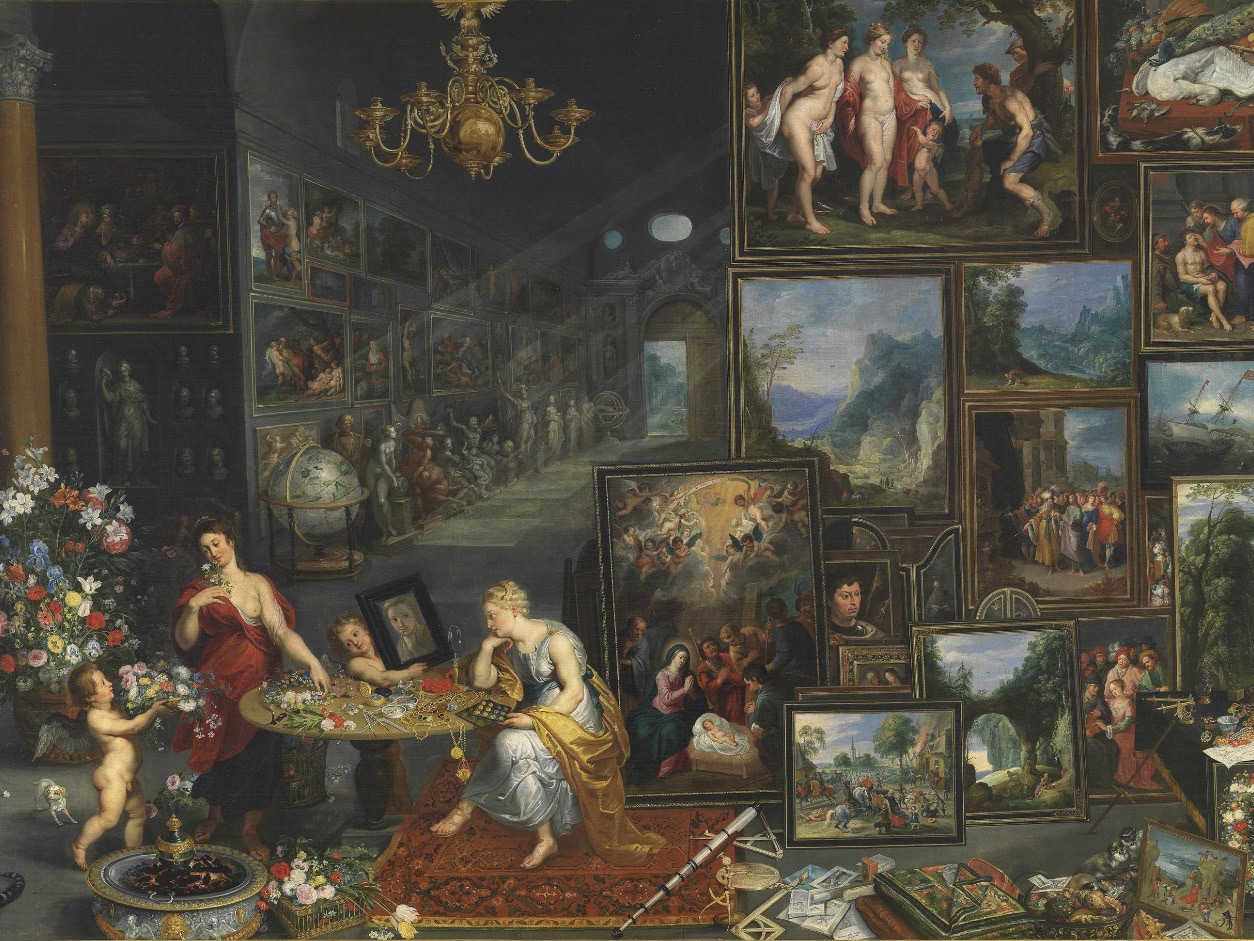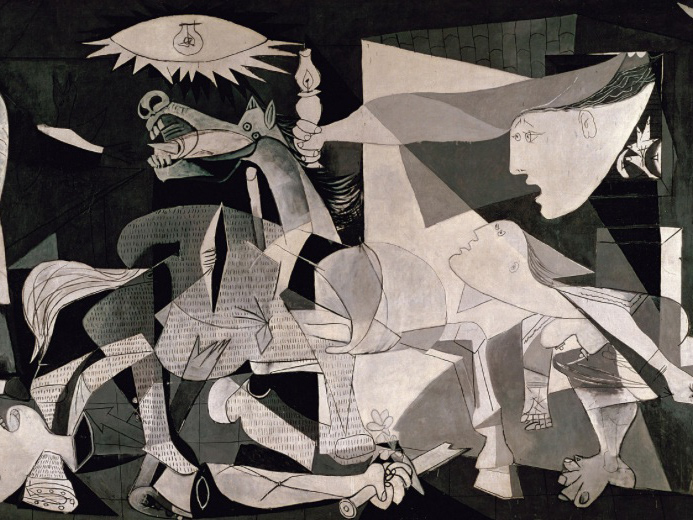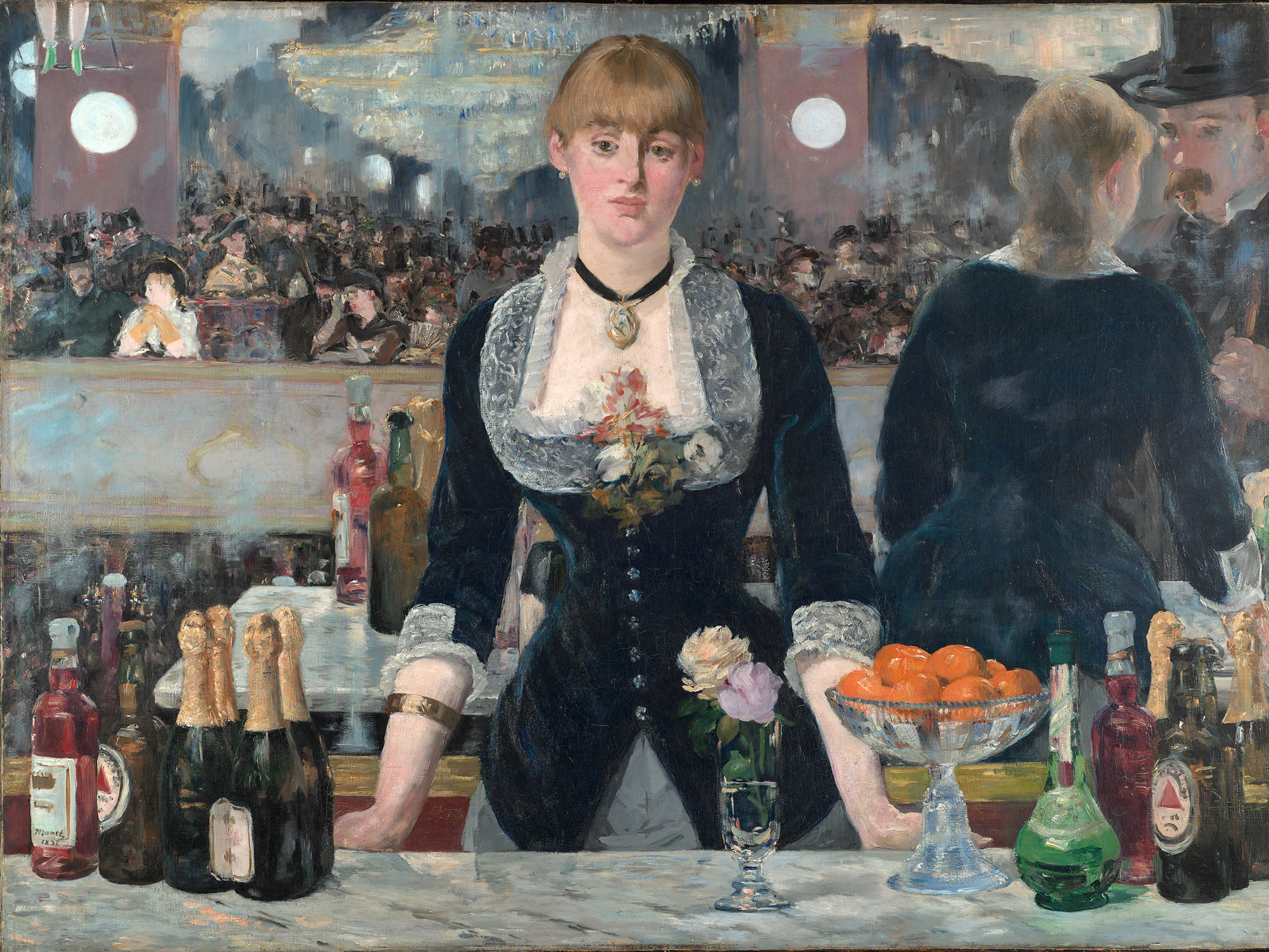Works Cited
Footnotes
[1] “Joseph Wright of Derby (1734–1797) | Art UK.”
[2]“Great Works.”
[3] “Jacques-Louis David | French Painter.”
[4] Jacques-Louis David, The Death of Marat.
[5] “(7) The Power of Art: David 藝術的力量: 大衛 - YouTube.”
[6] Voorhies, “Francisco de Goya (1746–1828) and the Spanish Enlightenment | Essay | Heilbrunn Timeline of Art History | The Metropolitan Museum of Art.”
[7] “Goya, Third of May, 1808.”
[8] “Caspar David Friedrich - The Complete Works - Caspardavidfriedrich.Org.”
[9] Hoakley, “The Story in Paintings.”
[10] Hoakley. “The Story in Paintings.”
[11] “Turner - The Complete Works - William-Turner.Org.”
[12] “The Zong Massacre (1781) | The Black Past.”
[13] Turner, Slave Ship.
[14] “Theodore Gericault | Biography, Paintings, & Facts.”
[15] Théodore GÉRICAULT, The Raft of the Medusa.
[16] Barker, “John Constable (1776–1837) | Essay | Heilbrunn Timeline of Art History | The Metropolitan Museum of Art.”
[17] “Jean-Auguste-Dominique Ingres | Madame Moitessier | NG4821 | National Gallery, London.”
[18] “Eugene Delacroix - The Complete Works - Eugenedelacroix.Org.”
[19] Tate, “William Holman Hunt 1827-1910.”
[20] Hunt, the Awakening Conscience.
[21] “Gustave Courbet, The Painter’s Studio.”
[22] Galitz, “Gustave Courbet (1819–1877) | Essay | Heilbrunn Timeline of Art History | The Metropolitan Museum of Art.”
Citations
“(7) The Power of Art: David 藝術的力量: 大衛 - YouTube.” Accessed May 17, 2018. https://www.youtube.com/watch?v=1QwQ2kUQDnY&index=4&list=PLhVnATSukg2H47jGXi0FjsrBRY_Z13TyP.
Barker, Author: Elizabeth E. “John Constable (1776–1837) | Essay | Heilbrunn Timeline of Art History | The Metropolitan Museum of Art.” The Met’s Heilbrunn Timeline of Art History. Accessed May 18, 2018. https://www.metmuseum.org/toah/hd/jcns/hd_jcns.htm.
“Caspar David Friedrich - The Complete Works - Caspardavidfriedrich.Org.” Accessed May 18, 2018. https://www.caspardavidfriedrich.org/.
“Eugene Delacroix - The Complete Works - Eugenedelacroix.Org.” Accessed May 18, 2018. https://www.eugenedelacroix.org/.
Galitz, Author: Kathryn Calley. “Gustave Courbet (1819–1877) | Essay | Heilbrunn Timeline of Art History | The Metropolitan Museum of Art.” The Met’s Heilbrunn Timeline of Art History. Accessed May 18, 2018. https://www.metmuseum.org/toah/hd/gust/hd_gust.htm.
Khan Academy. “Goya, Third of May, 1808.” Accessed May 18, 2018. https://www.khanacademy.org/humanities/becoming-modern/romanticism/romanticism-in-spain/a/goya-third-of-may-1808.
The Independent. “Great Works: An Experiment on a Bird in the Air Pump, 1768 (183 x 244,” October 14, 2011. http://www.independent.co.uk/arts-entertainment/art/great-works/great-works-an-experiment-on-a-bird-in-the-air-pump-1768-183-x-244-cm-joseph-wright-of-derby-2369978.html.
Smarthistory. “Gustave Courbet, The Painter’s Studio: A Real Allegory Summing Up Seven Years of My Life as an Artist.” Accessed May 18, 2018. https://smarthistory.org/courbet-the-artists-studio/.
hoakley. “The Story in Paintings: Caspar David Friedrich’s Stages of Life.” The Eclectic Light Company (blog), March 13, 2016. https://eclecticlight.co/2016/03/13/the-story-in-paintings-caspar-david-friedrichs-stages-of-life/.
Hunt, the Awakening Conscience. Accessed May 18, 2018. https://www.khanacademy.org/humanities/becoming-modern/victorian-art-architecture/pre-raphaelites/v/william-holman-hunt-the-awakening-conscience-1853.
Encyclopedia Britannica. “Jacques-Louis David | French Painter.” Accessed May 18, 2018. https://www.britannica.com/biography/Jacques-Louis-David-French-painter.
Jacques-Louis David, The Death of Marat. Accessed May 18, 2018. https://www.khanacademy.org/humanities/monarchy-enlightenment/neo-classicism/v/david-marat.
“Jean-Auguste-Dominique Ingres | Madame Moitessier | NG4821 | National Gallery, London.” Accessed May 18, 2018. https://www.nationalgallery.org.uk/paintings/jean-auguste-dominique-ingres-madame-moitessier.
“Joseph Wright of Derby (1734–1797) | Art UK.” Accessed May 18, 2018. https://artuk.org/discover/artists/wright-of-derby-joseph-17341797.
Tate. “William Holman Hunt 1827-1910.” Tate. Accessed May 18, 2018. http://www.tate.org.uk/art/artists/william-holman-hunt-287.
“The Zong Massacre (1781) | The Black Past: Remembered and Reclaimed.” Accessed May 18, 2018. http://www.blackpast.org/gah/zong-massacre-1781.
Théodore GÉRICAULT. The Raft of the Medusa. Salon de 1819. H. : 4,91 m. ; L. : 7,16 m. Louvre. https://www.louvre.fr/en/oeuvre-notices/raft-medusa.
Encyclopedia Britannica. “Theodore Gericault | Biography, Paintings, & Facts.” Accessed May 18, 2018. https://www.britannica.com/biography/Theodore-Gericault.
“Turner - The Complete Works - William-Turner.Org.” Accessed May 18, 2018. https://www.william-turner.org/.
Turner, Slave Ship. Accessed May 18, 2018. https://www.khanacademy.org/humanities/ap-art-history/later-europe-and-americas/enlightenment-revolution/v/turner-slave-ship-slavers-throwing-overboard-the-dead-and-dying-typhoon-coming-on-1840.
Voorhies, Author: James. “Francisco de Goya (1746–1828) and the Spanish Enlightenment | Essay | Heilbrunn Timeline of Art History | The Metropolitan Museum of Art.” The Met’s Heilbrunn Timeline of Art History. Accessed May 18, 2018. https://www.metmuseum.org/toah/hd/goya/hd_goya.htm.



